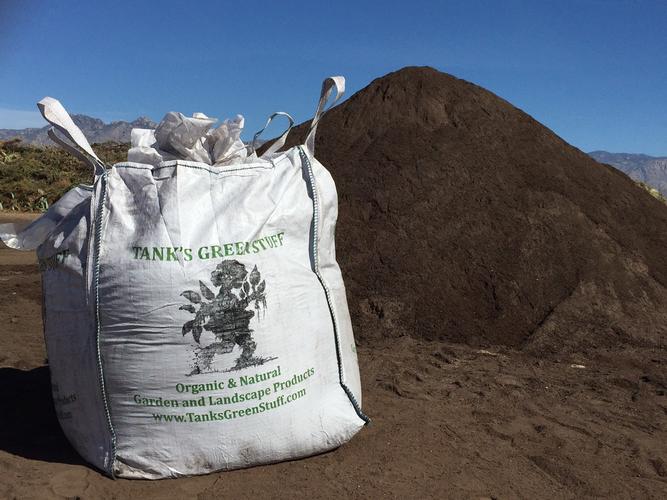How Many Tons Are in a Cubic Yard of Gravel?
When planning a construction project or landscaping endeavor, understanding the volume and weight of materials is crucial. One common question that arises is how many tons are in a cubic yard of gravel. This article delves into this topic, providing you with a comprehensive understanding of the conversion rates, factors affecting the weight, and practical applications.
Understanding the Conversion Rate
The standard conversion rate for gravel is that one cubic yard of gravel typically weighs between 2,400 to 2,700 pounds, which is equivalent to 1.2 to 1.35 tons. This range accounts for the varying densities of different types of gravel, such as pea gravel, river rock, and crushed stone.
Factors Affecting the Weight of Gravel
Several factors can influence the weight of gravel in a cubic yard. Here are some key considerations:
-
Type of Gravel: Different types of gravel have varying densities. For instance, pea gravel is lighter than river rock, which is lighter than crushed stone. The table below provides a comparison of the average densities of various types of gravel.
-
Moisture Content: The moisture content of the gravel can significantly affect its weight. Wet gravel is heavier than dry gravel due to the added weight of the water. It’s essential to account for this when estimating the weight of gravel for your project.
-
Size of Gravel: The size of the gravel particles can also impact its weight. Larger particles tend to be heavier than smaller ones, as they have more mass. This is an important factor to consider when comparing different types of gravel.

| Type of Gravel | Average Density (lb/yd鲁) |
|---|---|
| Pea Gravel | 2,400 |
| River Rock | 2,600 |
| Crushed Stone | 2,700 |
Calculating the Weight of Gravel for Your Project
When determining the weight of gravel for your project, follow these steps:
-
Identify the type of gravel you will be using.
-
Estimate the volume of gravel needed for your project.
-
Refer to the average density of the gravel type to calculate the weight.
-
Multiply the volume by the density to obtain the weight in pounds.
-
Convert the weight from pounds to tons by dividing by 2,000.
For example, if you need 10 cubic yards of pea gravel, you would calculate the weight as follows:
-
Volume: 10 cubic yards
-
Density: 2,400 pounds per cubic yard
-
Weight: 10 cubic yards x 2,400 pounds per cubic yard = 24,000 pounds
-
Weight in tons: 24,000 pounds / 2,000 = 12 tons
Practical Applications
Understanding the weight of gravel in a cubic yard is essential for various practical applications, such as:
-
Estimating Material Costs: Knowing the weight of gravel helps you estimate the cost of materials for your project, ensuring you have a budget in place.
-
Transportation and Delivery: Accurate weight estimates are crucial for planning transportation and delivery of gravel to your project site.
-
Construction Planning: Understanding the weight of gravel is vital for construction planning, ensuring that the foundation and other structural elements can support the weight of the material.
In conclusion, the weight of gravel in a cubic yard can



